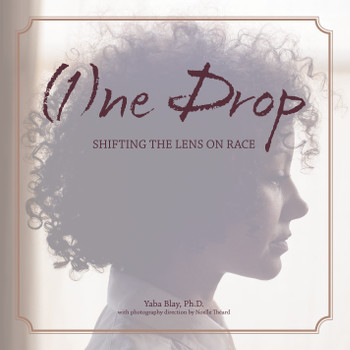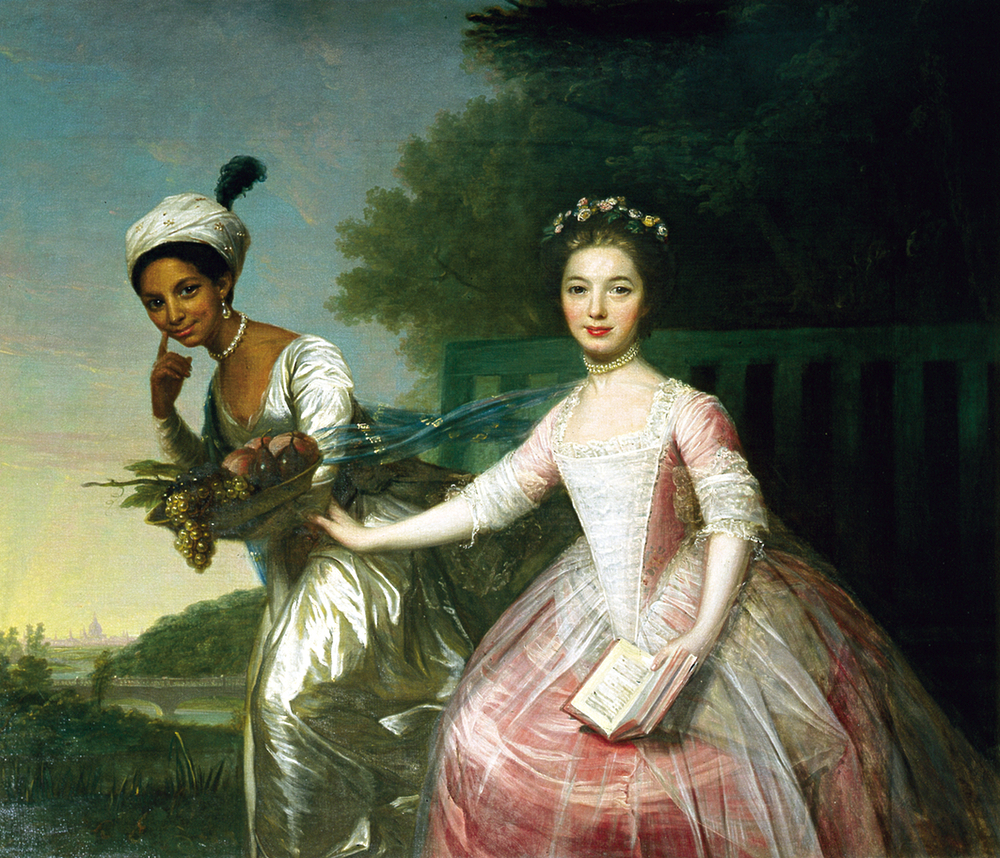Almost Free: A Story about Family and Race in Antebellum Virginia by Eva Sheppard Wolf (review) [Padraig Riley]
Civil War History
Volume 60, Number 2, June 2014
pages 199-201
DOI: 10.1353/cwh.2014.0041
Padraig Riley, Assistant Professor of History
Dalhousie University, Halifax, Nova Scotia, Canada
Wolf, Eva Sheppard, Almost Free: A Story about Family and Race in Antebellum Virginia (Athens: University of Georgia Press, 2012)
Almost Free is the story of Samuel Johnson of Warrenton, Virginia, a mixed-race slave who worked successfully to free himself and then purchased his wife and children in the early nineteenth century. Less successfully, he then struggled for many years to free his extended family, and to establish a legacy of black freedom in the heart of the slaveholding republic. Relying on a remarkable series of petitions Johnson sent to the Virginia state legislature from 1811 to 1837, Wolf reconstructs the man’s life and identity. This entails considerable speculation, but Wolf’s imaginings are balanced by a rich archival source base covering much of Johnson’s life. This accessible book is ideal for undergraduate instruction, and it is an important addition to scholarship on race and slavery. For Wolf, Samuel Johnson demonstrates that free blacks were not simply “slaves without masters” and that race in the antebellum South was a fluid concept, rather than a simple black-and-white proposition.
Wolf contends that race was not dictated by statute but rather was “something people themselves created and re-created in their multiple interactions with one another” (3). Samuel Johnson became free in 1812, well after an 1806 statute that compelled all freed slaves to leave the state within a year, under threat of being sold back into slavery. Because he wanted to remain in Virginia, he had to petition the state legislature. While most such petitions failed, Johnson’s succeeded because he was backed by both local whites and a few influential political figures. Thus, at the local level, whites did not simply act out the 1806 statute or Thomas Jefferson’s fears about the dangers of slave emancipation. They instead accepted Samuel Johnson as their neighbor, quite literally in the case of John and Maria Smith, who lived next door to him.
As a free man, Johnson saved money to purchase his wife and children, becoming, like many free black slaveholders, the master of his own family. He also owned land and sued white men in court. But, ultimately, the law left him and his family vulnerable. Despite numerous petitions to the state legislature, his family members were never allowed to remain in Virginia as free inhabitants. Had Johnson freed his family, they would have been legally bound to leave the state within a year; had he unexpectedly died, his family would have remained enslaved, subject to sale. In addition, Johnson suffered numerous other legal restraints as a free man of color, from restrictions on owning firearms to being unable to testify against a white man in court. He could be a white man’s neighbor, but he was very far from being his equal.
Why, then, did Johnson stay? Wolf poses this question quite poignantly by contrasting Johnson with Spencer Malvin, a free African American man who married Johnson’s daughter Lucy in 1826. Malvin, born free, knew the evils of slavery firsthand: as a teenager, he had been apprenticed to one Fielding Sinclair, who killed his adolescent slave. Sinclair was charged with murder, but the case was dismissed for lack of evidence, perhaps because Malvin could not testify against a white man. After Nat Turner’s rebellion in 1831, Malvin openly attacked slavery, circulating antislavery papers in Warrenton. He left Virginia and his family in 1832, along with a fugitive named Sandy, eventually settling in Pennsylvania.
But Johnson and his daughter Lucy remained, even after white hostility to free blacks increased in the wake of Turner’s rebellion. Many of the local whites who had supported Johnson’s petitions in the past now requested that the state legislature support the colonization of all free blacks outside of Virginia. For Wolf, Johnson’s decision to remain under such circumstances suggests an act of resistance: “In staying, they rejected racial exclusion. . . . They challenged the notion that Virginia belonged to white people” (107).
On the one hand, this contention is clearly true. But in other respects, Samuel Johnson’s life was marked by deference, rather than challenge, and white support for his limited freedom was a sign of condescension rather than recognition. Thus Philip Pendleton Barbour, as Wolf shows us, one of the foremost defenders of slavery during…

